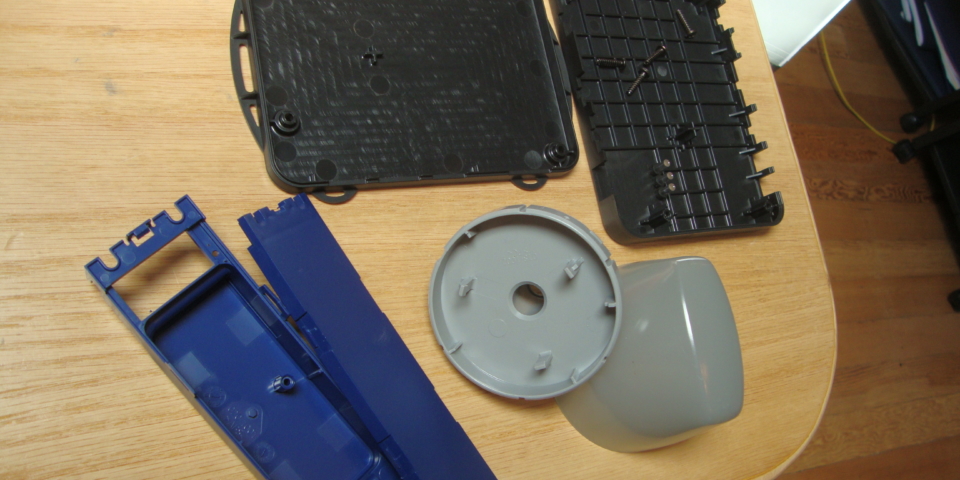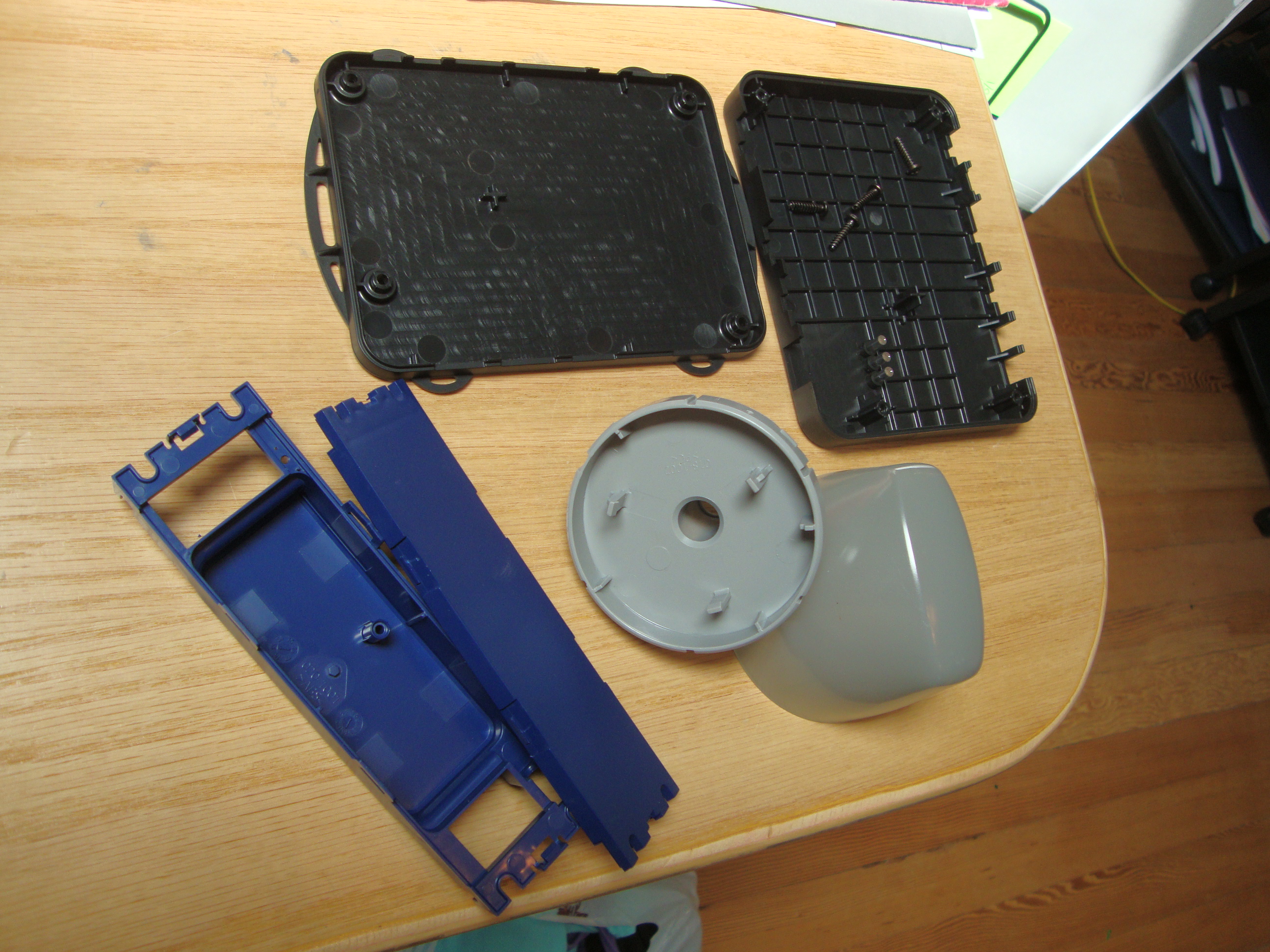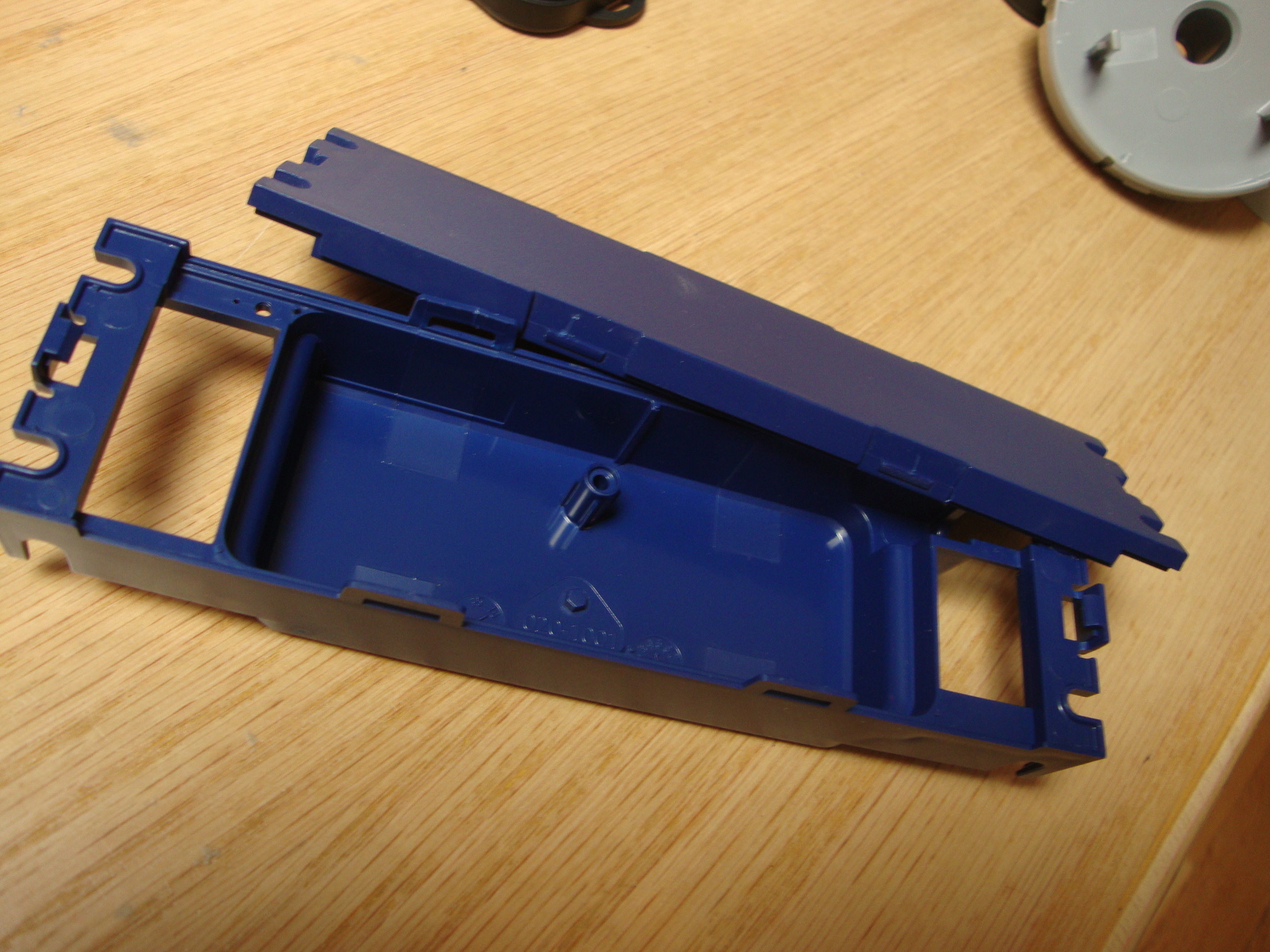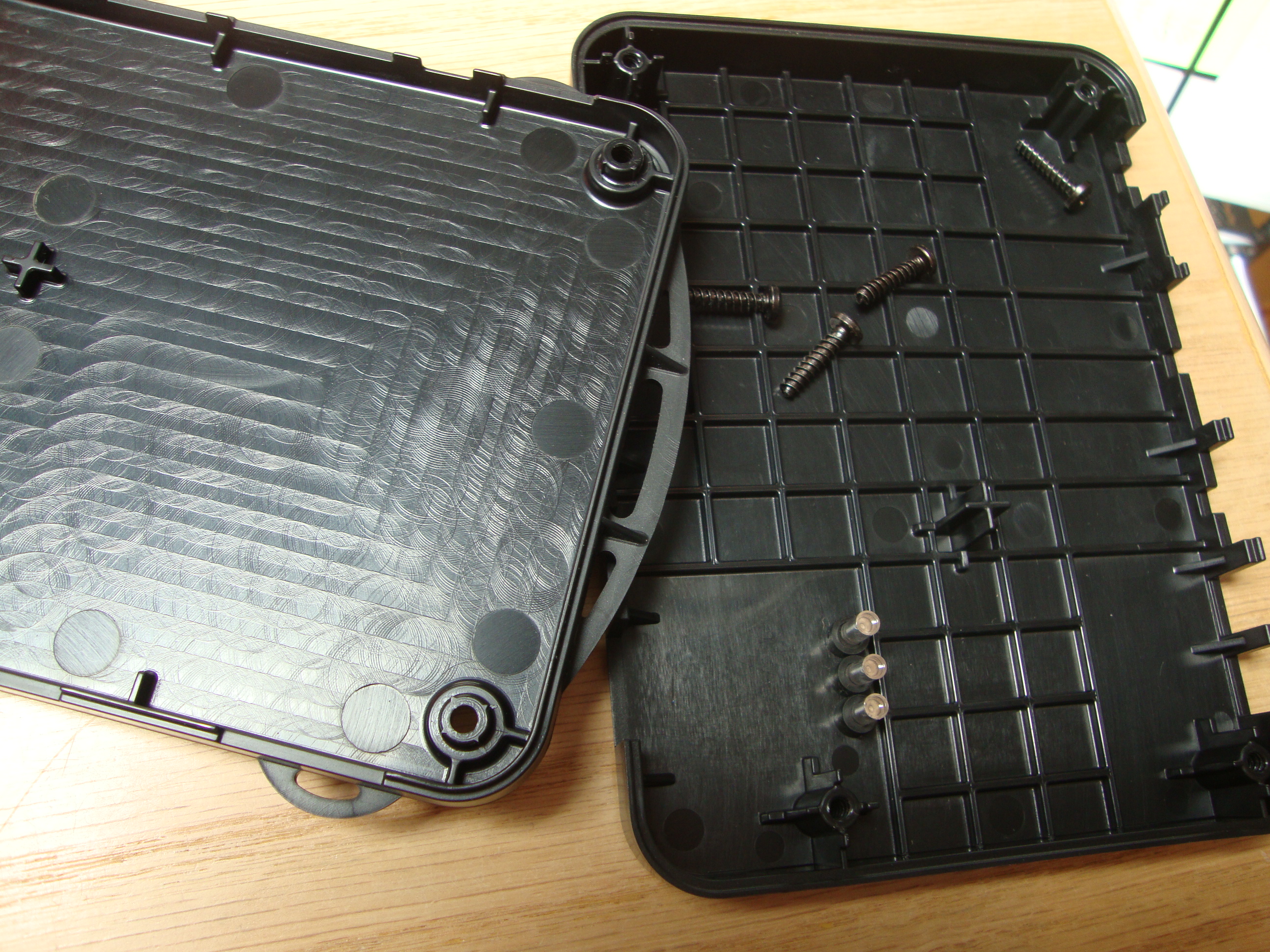An important question that comes up during almost every product design effort is: How are we going to hold this object together? This series of blogs will focus on several different ways to join two or more parts together to create one cohesive enclosure.
When attempting to determine which case-joining method is right for your product, there are several factors to consider. Three key considerations are environment, cost, and access. In particular, ask yourself:
What environment will your product be exposed to during normal (and abnormal) use?
This is one of the most important aspects to consider. For example, in a high vibration environment, it’s important to use a case-joining method that will not fatigue or loosen over time. If the inside of your case needs to be free of water or dust, you would want to use a case-joining method that eliminates air gaps in the enclosure. Keeping your case water- and dust-tight can be critical for cases containing sensitive electronics.
How important is the overall assembly cost?
How your case is held together will affect the overall assembly cost. Some case-joining methods require additional parts, such as screws. Using additional parts adds to the overall assembly cost and requires additional assembly time. Other case-joining methods, like sonic welding, require creating a fixture and having access to expensive machines during the case assembly. Case-joining methods like snap locks could require special features in the mold tool, such as lifters, which will increase the mold and part cost.
Is access to the inside of the case necessary after assembly?
It’s also important to consider if you want to be able to access the internals of your case after assembly, either during normal use or for troubleshooting. Some case-joining methods, like screws, are easy to disassemble. Alternatively, case-joining methods like sonic welding are permanent and cannot be disassembled without damaging the case.
Choosing the proper case-joining method for your project is an often overlooked, but critical part of an effective and functional design.
Pongratz Engineering has the expertise in product design to help you select the case-joining method that works best for your product. Contact us for more information or professional advice at www.pongratz-engineering.com
NEXT UP: Case Joining Series: Thread Forming Screws vs. Thread Inserts
Related Posts:




